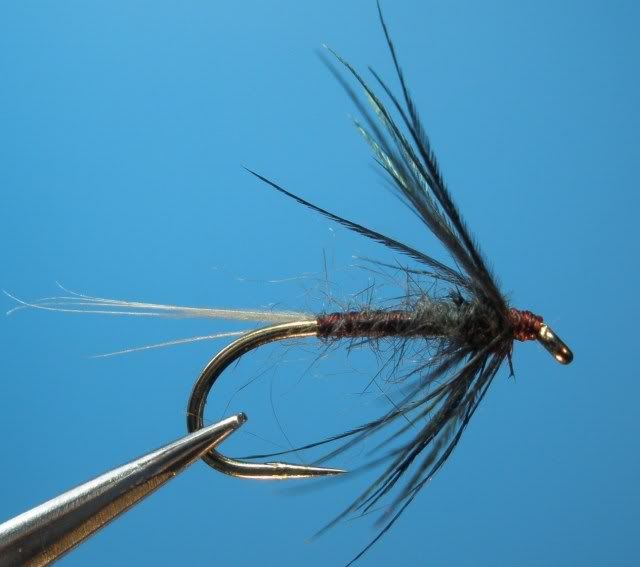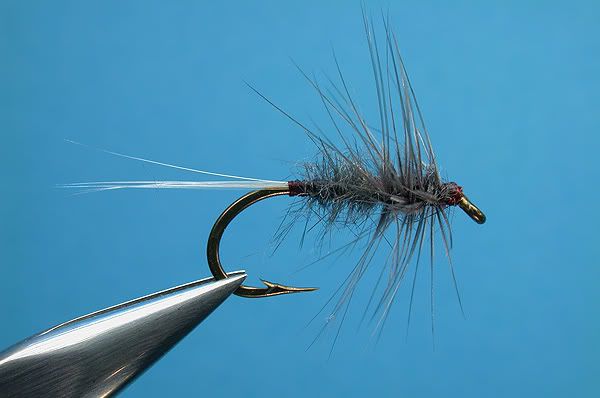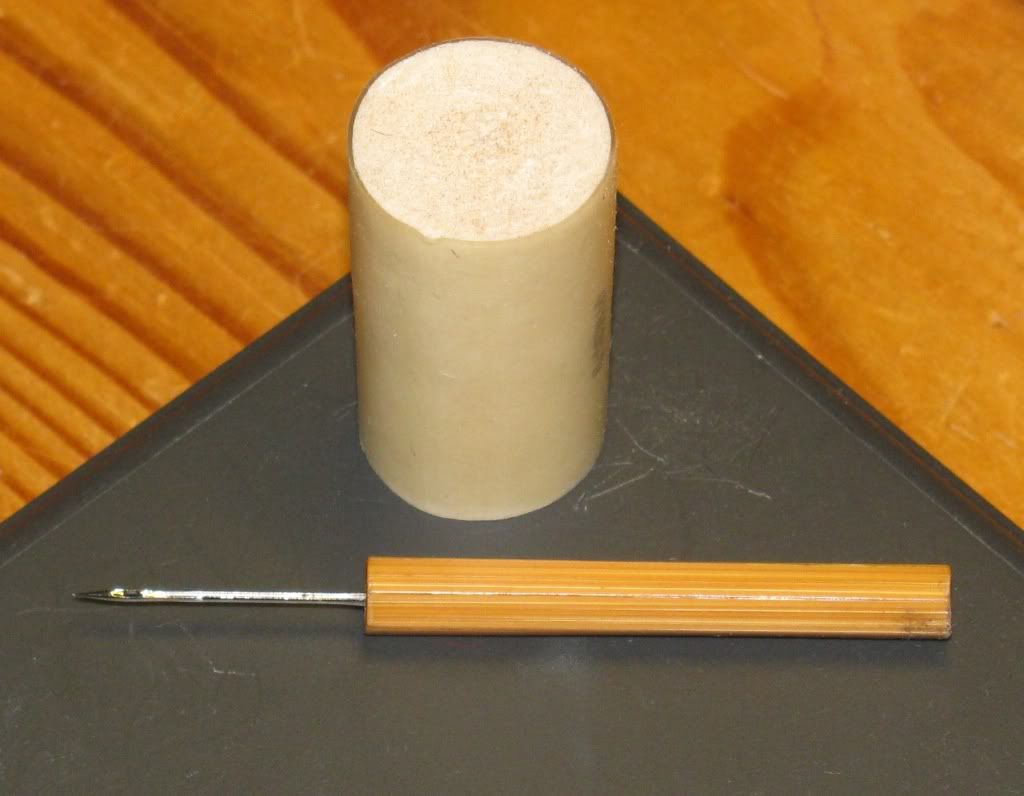Kelly, the images of the Hidy flies all unique in character takes what we often see a step further. Give 10 tiers a specific pattern and the results will vary widely. Giving the same person the pattern and seeing this type of variation probably speaks to our constant need to experiment.
I think your interpretation will work out very well, especially for the nymphal stage. These patterns originated in the UK represent a different species than the same patterns tied to represent the species in the Eastern US called Iron Duns. So there will be variations.
When I approached the pattern using claret and mole, this was what seemed appropriate to me, at the time. Personally, I find mole to be the easiest dubbing material to work with. Any material can become your favorite if it's the one you pick up most often, it's just the practice, but it is so easy to touch dub or noodle, or use in a split thread or loop. I kind of feel like I'm cheating when I reach for it, like the degree of difficulty is decreased. Either with or without wax.

Here's one that Hans photographed a couple years ago using the tied through the thorax.






